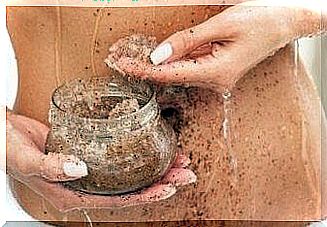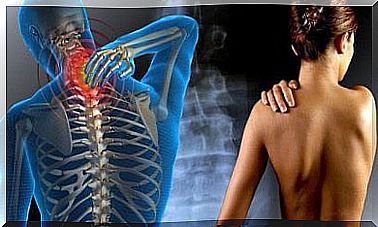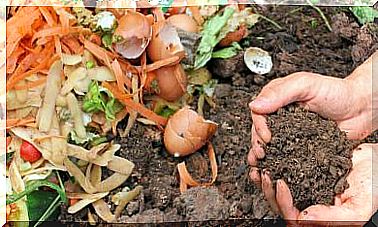Preservation Of Vitamins: All You Need To Know
For a good preservation of vitamins in food, care must be taken with temperature, light and oxidation. Learn more about it.
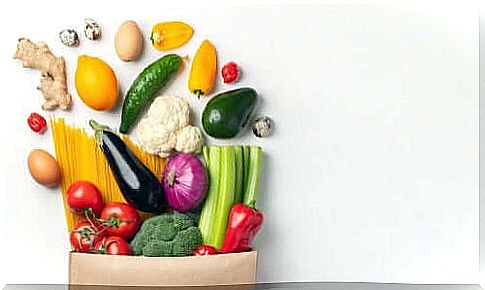
The retention of vitamins in food can be affected by a number of things. Each group of vitamins is sensitive to one or more factors, whether they are water soluble or fat soluble. It is necessary to know the processes that can affect the conservation of these nutrients to avoid nutritional losses and deficits.
Remember that vitamins are, for the most part, essential micronutrients. They must therefore be ingested on a regular basis through food. Otherwise, we will see an increase in the risk of developing pathologies in the medium and long term, which could jeopardize health.
Sources of vitamins
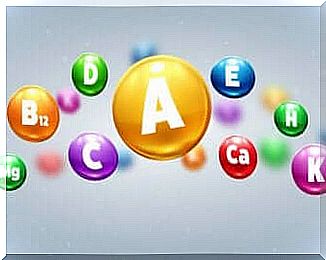
The main sources of vitamins are fruits and vegetables. Their color is determined by the prevalence of a concrete vitamin:
- Red: Thanks to their vitamin C and beta-carotene content, these are foods that act as antioxidants, according to a study published in the British Journal of Pharmacology . We find in this group: strawberries, raspberries, cherries, blueberries, red peppers or tomatoes.
- Orange and yellow: these are sources of vitamin A and C, which help strengthen the immune system and lower blood pressure. This group includes foods like: oranges, limes, lemons, carrots, papayas or even yellow peppers.
- Green: These are foods rich in folic acid (B9) and vitamin K. They help strengthen the immune system and maintain healthy skin and hair. Here we find all green leafy vegetables and fruits such as kiwi, grapes or avocados.
- Blue-violet: they have a high content of polyphenols. Purple vegetables and fruits help delay aging and protect the functioning of memory and the urinary tract.
How to achieve good preservation of vitamins
Storing vitamins is important because it is necessary to protect their antioxidant properties and their hormonal function. Some even turn into coenzymes and help the enzymes perform their catalytic function.
Raw foods are rich in vitamins; that’s when we get the most benefit from the greatest dose of this nutrient. When cooking them, a lot of the vitamins are lost.
Although some vitamins are more resistant than others, there are some tips that make it easier to store vitamins:
1. Steam
During this process, the vegetables cook at a temperature of around 100 ° C, which allows better preservation of vitamins. Especially if we compare it with the heat reached by the oil or the oven.
2. Prepare the vegetables with little water
Water washes away water-soluble vitamins, such as vitamins B and C. It is therefore advisable to use as little water as possible to retain the greatest amount of minerals and vitamins.
3. Store food in closed containers.
It is important that the containers you use for storing food close properly. Contact with oxygen in the air deteriorates vitamins and especially biotin and vitamins C, D and E.
4. Use opaque crystal containers for storing vitamins.
It is recommended to use opaque crystal containers because some vitamins are sensitive to light. It is always better to go for these containers instead of plastic boxes. This recommendation is especially important when it comes to oils.
According to current scientific literature, vitamin D is especially sensitive to oxidation when it comes into contact with sunlight. Foods that contain it must therefore be kept in a cool, dry place away from light.
5. Cut food into large pieces
Cutting food into large pieces will allow the surface of fruits and vegetables to be less exposed to contact with air. In this way, you will avoid the oxidation of the food.
Recommendations to avoid vitamin loss
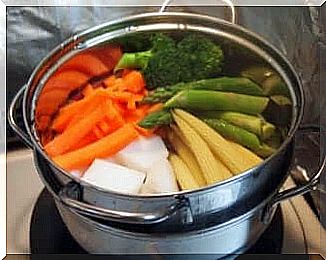
To improve the preservation of vitamins in food, we are going to give you some recommendations which will be of great use to you.
First, store fruits and vegetables in a cool place, away from light. Also, wash and cut them when ready to serve. As for cooking techniques, it is better to use foil, steam or oven. These are those which allow better preservation and / or concentration of vitamins in food.
Also, to prevent oxidation of foods like apples, once cut, you can pour some lemon juice over the pieces. Consuming raw fruits and vegetables is highly recommended and should be done with the skin on when possible.
It is under the skin that we find the greatest concentration of vitamins. And this is also where we find cytokines, which are cell protectors. If you are making a juice or smoothie for later use, store it in a closed container to prevent it from oxidizing.
When cooking vegetables, keep the broth as this is where some of the vitamins are kept. Take advantage of the cooking water to make soup or broth, or cook pasta, rice or legumes.
Pay special attention to the preservation of vitamins
Raw foods are rich in vitamins; however, their vitamin content can be lost or deteriorated. The three most important factors to consider when storing vitamins are temperature, light, and oxidation.




